1935 PIERCE-ARROW MODEL 845 FOUR DOOR SEDAN Chassis No. 2090110 Dark green with green interior Engine: eight cylinder, 400ci, 140bhp at 3,400rpm; Gearbox: three speed manual; Suspension: I-beam axle front and hypoid rear; Brakes: four wheel mechanical power unit. Left hand drive. Before entering the automaking business in 1901, the George N. Pierce Company of Buffalo, New York had been engaged in making such diverse products as birdcages and bicycles. Pierce's first cars were called Motorettes and were powered by De Dion Bouton engines. By 1903 Pierce was building two cylinder cars, with their Pierce Great Arrow four cylinder cars arriving the following year. Great Arrow's model line of models expanded to include six cylinder cars in 1907 and two years later the name was changed to Pierce-Arrow. Only the finest materials were used in these motor cars including complex but immensely strong cast aluminum bodies. Through the years Pierce also pioneered the use of power brakes and hydraulic tappets, and in 1913 the marque's most distinguishing feature first appeared when fender-mounted headlamps became standard on all series. While the cars found great success and acceptance at the highest social and governmental levels (Pierce-Arrows were the official White House automobile for many years), perhaps Pierce's greatest mechanical tour de force in the early years was the gargantuan Model 66. With a rating of 60 horsepower and a 5 x 7 bore and stroke in its six cylinders, these road-going locomotives rode on a wheelbase of over twelve feet and cost anywhere from $6,500 to $8,000 depending on the body style specified by the well-heeled customer. The Dual Valve Six appeared in late 1918 and shortly afterward Pierce-Arrow went through several years of turmoil as company ownership as well as the engineering and executive staff went through some key changes. To expand their market Pierce brought out the Series 80 in 1924. This was a lower priced and more modern-appearing car than the senior autos, but it was still a six cylinder, as Pierce stubbornly clung to the credo that a six was the ideal powerplant. Meanwhile the competition offered V and straight eights; Packard had even offered twelves during the early 1920s. It would not be until 1930 that Pierce brought out an eight cylinder car, just in time to be trumped by the V12s and V16s of Cadillac, Marmon and Lincoln. Nonetheless, it was a superb engine in the Pierce-Arrow tradition of thorough, proven engineering applied via the best materials and highest standards of manufacturing and workmanship. Pierce and Studebaker had merged in 1929 although the Buffalo automaker remained an independent entity in terms of development and manufacturing. They played a quick and successful game of catch-up in the multi-cylinder race, bringing a new and magnificent V12 engine to market in late 1931. But the marriage to Studebaker was proving less than felicitous and in 1933 the South Bend firm went into receivership, taking Pierce-Arrow down with it. Their troubles continued for another year, but with reorganization the company was operating free of bankruptcy by May of 1935. With the company focused on their financials, the design of the cars went relatively unchanged during these tumultuous times, with distinguishing features that emerged being the increased convexity of the headlight lenses, as well as the three hood doors arranged in a straight line. This particular car rides on a 138inch wheelbase and underwent a mechanical upgrade giving it a displacement of 400 cubic inches instead of 385. Despite being an older restoration this Pierce-Arrow has been attended to mechanically, which is experienced when you drive the car as it is a sheer joy to tour. With a tidy engine bay and under carriage, it is clear that this car has been well looked after. The bodywork and shut lines are very straight, only showing signs of gentle use over time. Finished in a most attractive shade of dark green, the pa
1935 PIERCE-ARROW MODEL 845 FOUR DOOR SEDAN Chassis No. 2090110 Dark green with green interior Engine: eight cylinder, 400ci, 140bhp at 3,400rpm; Gearbox: three speed manual; Suspension: I-beam axle front and hypoid rear; Brakes: four wheel mechanical power unit. Left hand drive. Before entering the automaking business in 1901, the George N. Pierce Company of Buffalo, New York had been engaged in making such diverse products as birdcages and bicycles. Pierce's first cars were called Motorettes and were powered by De Dion Bouton engines. By 1903 Pierce was building two cylinder cars, with their Pierce Great Arrow four cylinder cars arriving the following year. Great Arrow's model line of models expanded to include six cylinder cars in 1907 and two years later the name was changed to Pierce-Arrow. Only the finest materials were used in these motor cars including complex but immensely strong cast aluminum bodies. Through the years Pierce also pioneered the use of power brakes and hydraulic tappets, and in 1913 the marque's most distinguishing feature first appeared when fender-mounted headlamps became standard on all series. While the cars found great success and acceptance at the highest social and governmental levels (Pierce-Arrows were the official White House automobile for many years), perhaps Pierce's greatest mechanical tour de force in the early years was the gargantuan Model 66. With a rating of 60 horsepower and a 5 x 7 bore and stroke in its six cylinders, these road-going locomotives rode on a wheelbase of over twelve feet and cost anywhere from $6,500 to $8,000 depending on the body style specified by the well-heeled customer. The Dual Valve Six appeared in late 1918 and shortly afterward Pierce-Arrow went through several years of turmoil as company ownership as well as the engineering and executive staff went through some key changes. To expand their market Pierce brought out the Series 80 in 1924. This was a lower priced and more modern-appearing car than the senior autos, but it was still a six cylinder, as Pierce stubbornly clung to the credo that a six was the ideal powerplant. Meanwhile the competition offered V and straight eights; Packard had even offered twelves during the early 1920s. It would not be until 1930 that Pierce brought out an eight cylinder car, just in time to be trumped by the V12s and V16s of Cadillac, Marmon and Lincoln. Nonetheless, it was a superb engine in the Pierce-Arrow tradition of thorough, proven engineering applied via the best materials and highest standards of manufacturing and workmanship. Pierce and Studebaker had merged in 1929 although the Buffalo automaker remained an independent entity in terms of development and manufacturing. They played a quick and successful game of catch-up in the multi-cylinder race, bringing a new and magnificent V12 engine to market in late 1931. But the marriage to Studebaker was proving less than felicitous and in 1933 the South Bend firm went into receivership, taking Pierce-Arrow down with it. Their troubles continued for another year, but with reorganization the company was operating free of bankruptcy by May of 1935. With the company focused on their financials, the design of the cars went relatively unchanged during these tumultuous times, with distinguishing features that emerged being the increased convexity of the headlight lenses, as well as the three hood doors arranged in a straight line. This particular car rides on a 138inch wheelbase and underwent a mechanical upgrade giving it a displacement of 400 cubic inches instead of 385. Despite being an older restoration this Pierce-Arrow has been attended to mechanically, which is experienced when you drive the car as it is a sheer joy to tour. With a tidy engine bay and under carriage, it is clear that this car has been well looked after. The bodywork and shut lines are very straight, only showing signs of gentle use over time. Finished in a most attractive shade of dark green, the pa
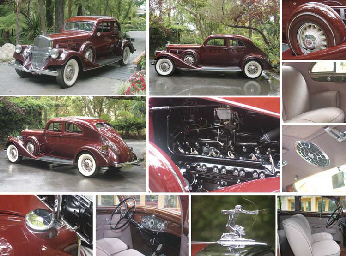
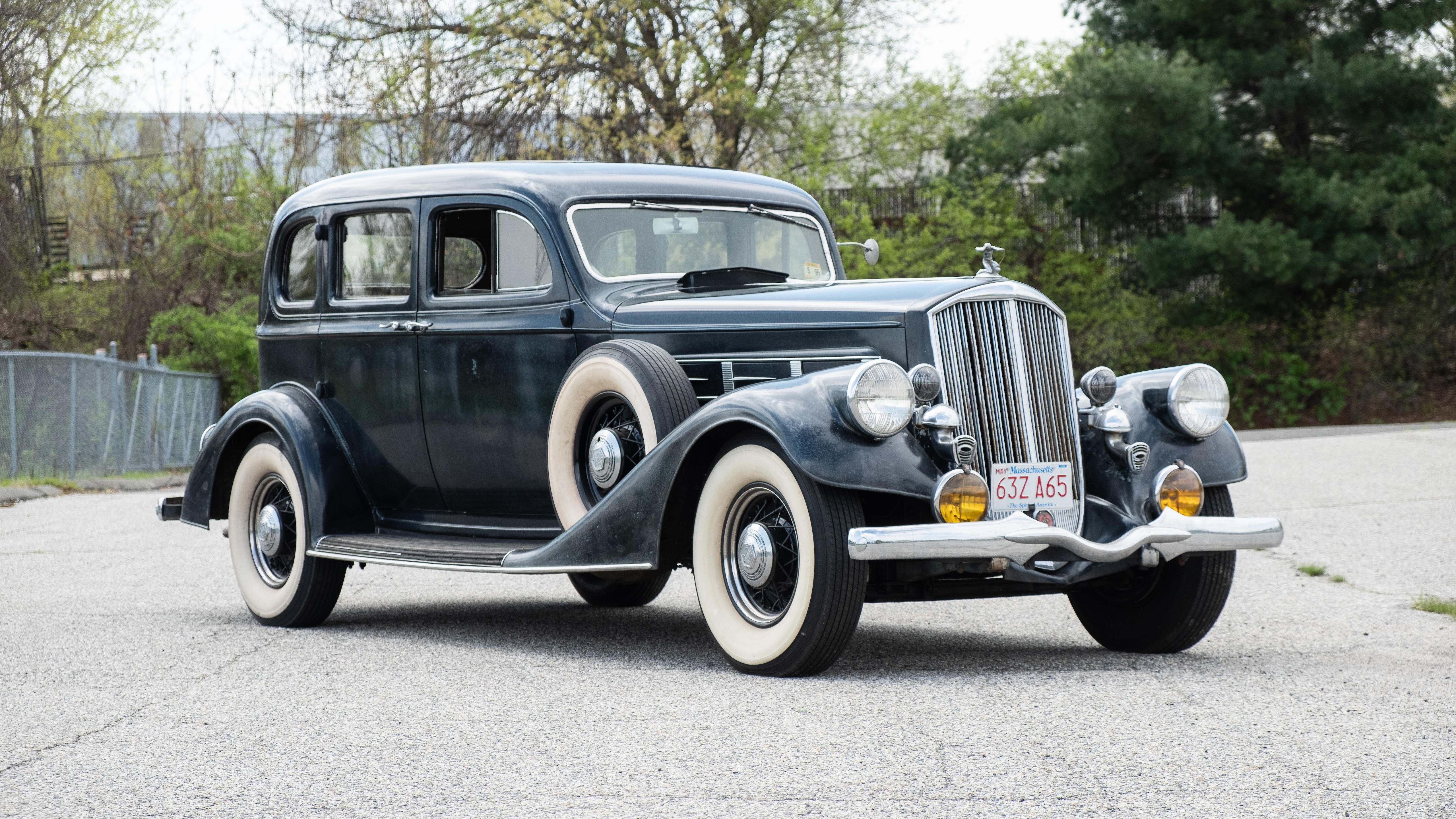

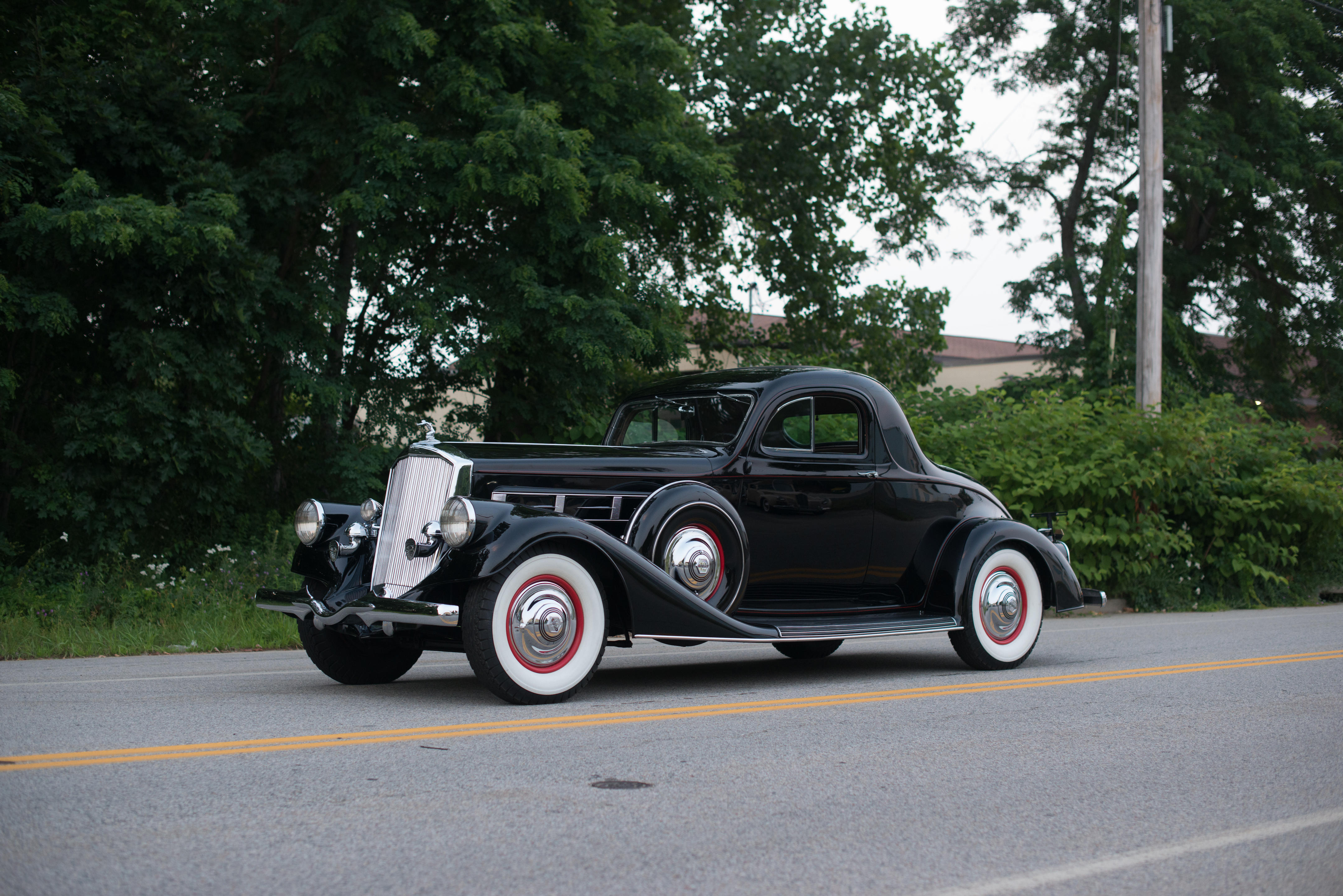
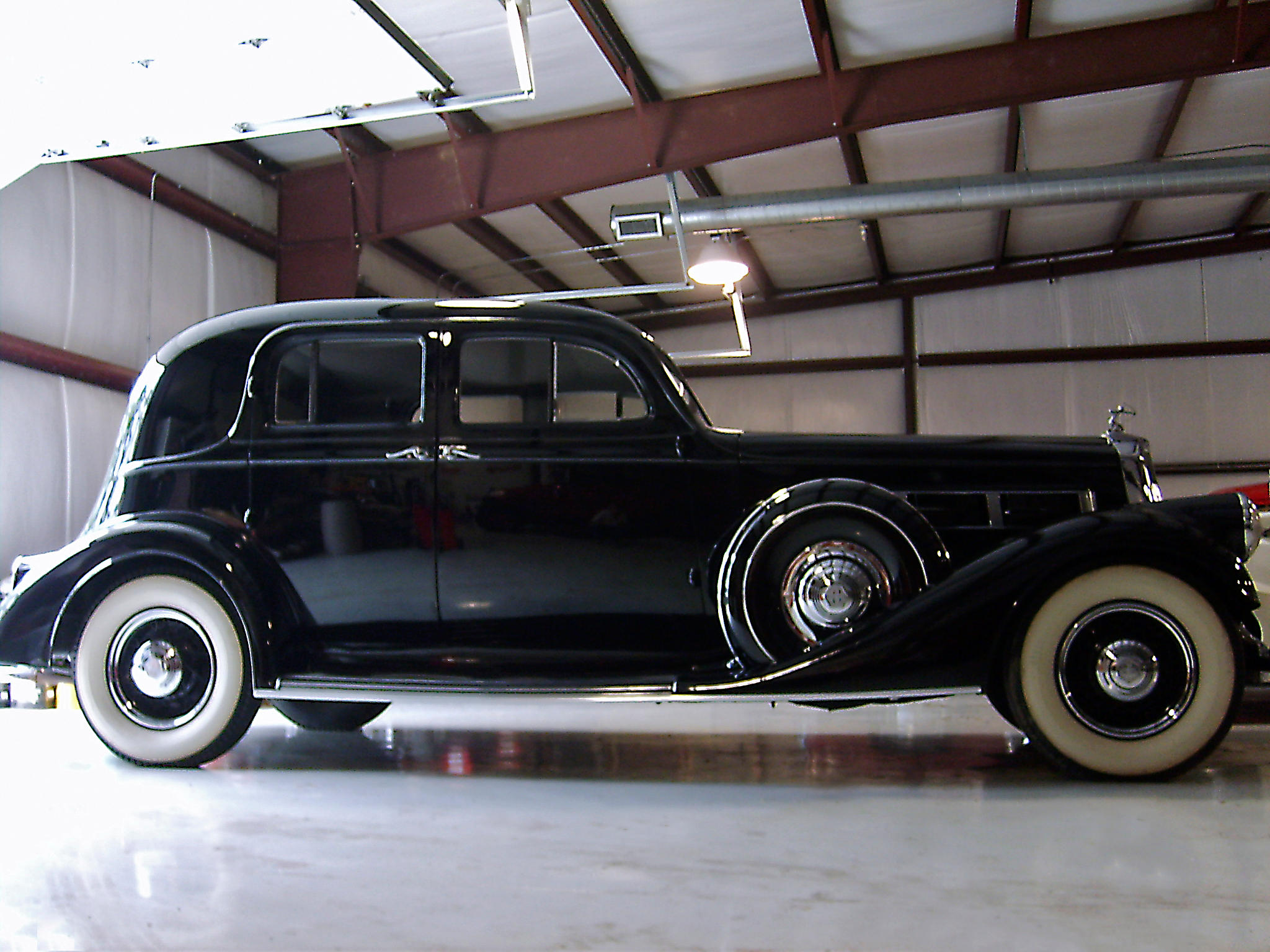
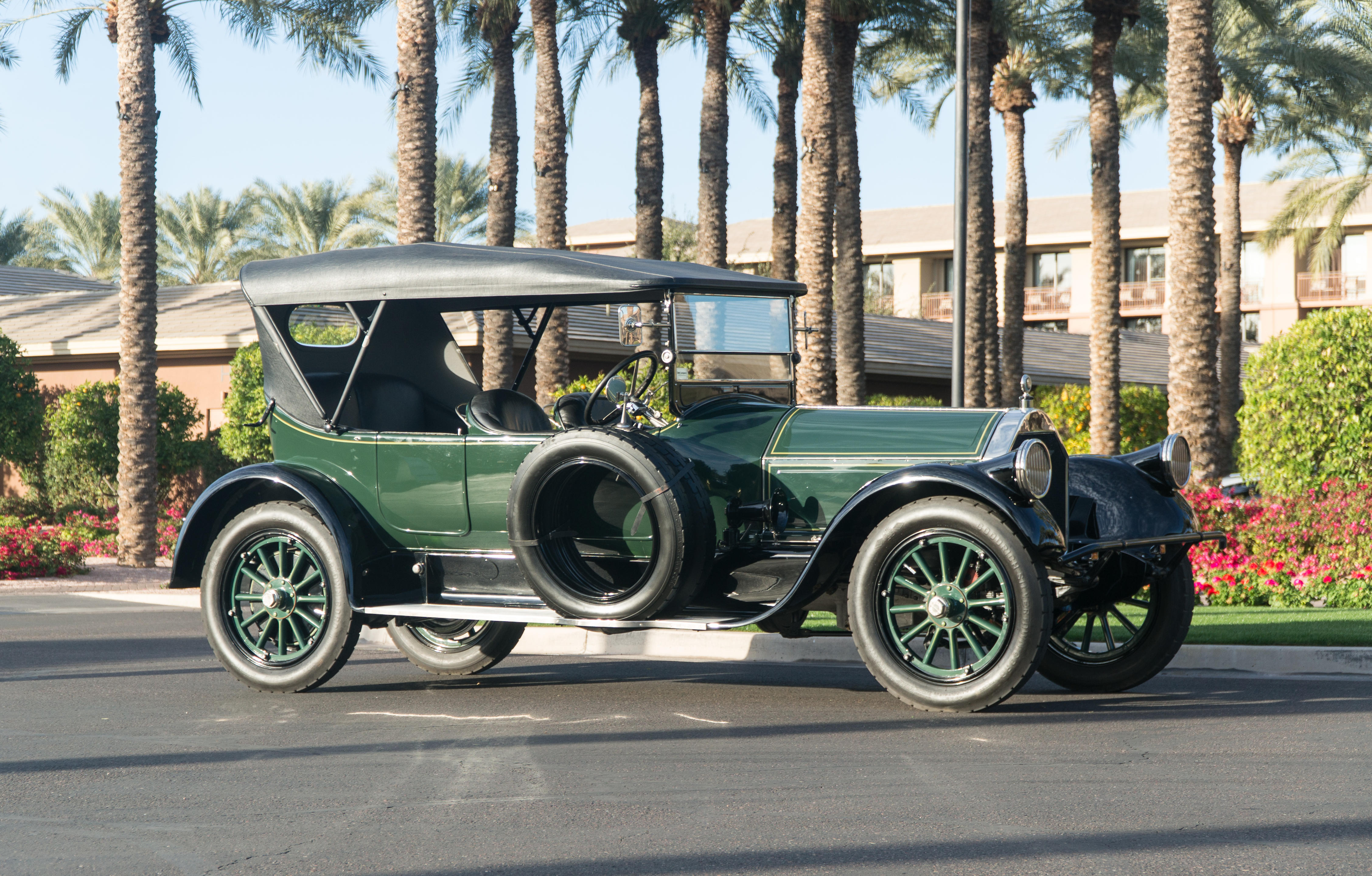

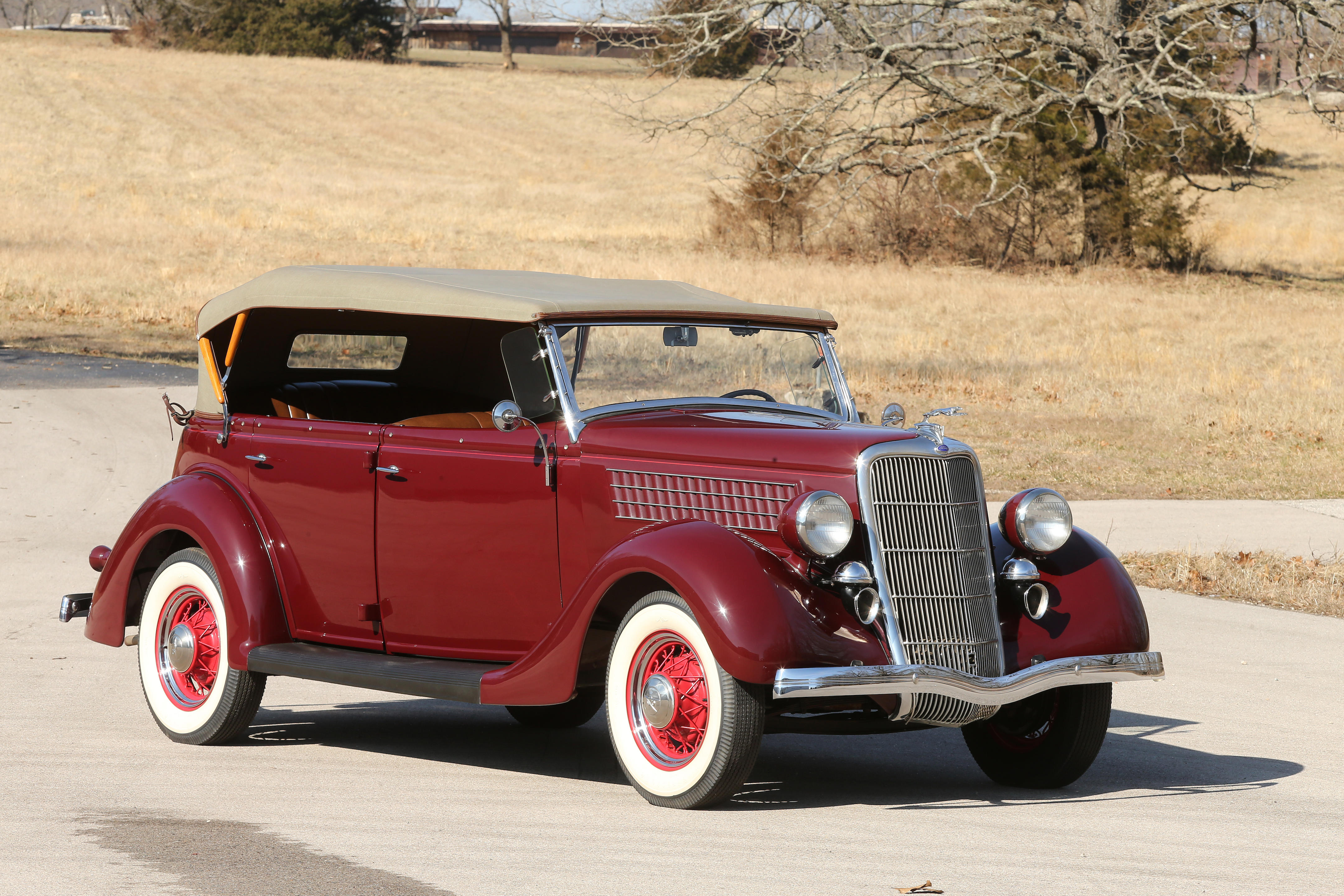


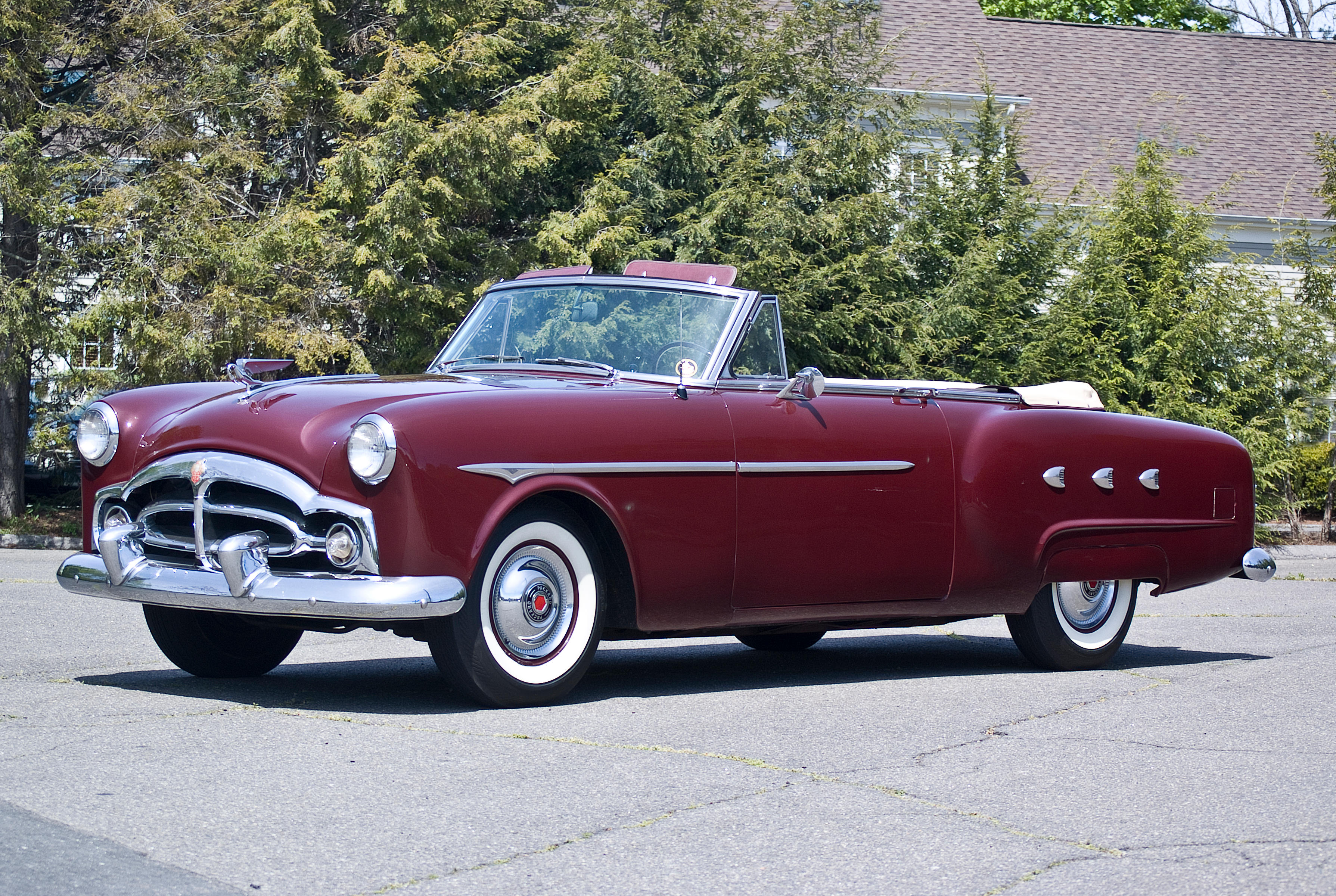

Try LotSearch and its premium features for 7 days - without any costs!
Be notified automatically about new items in upcoming auctions.
Create an alert